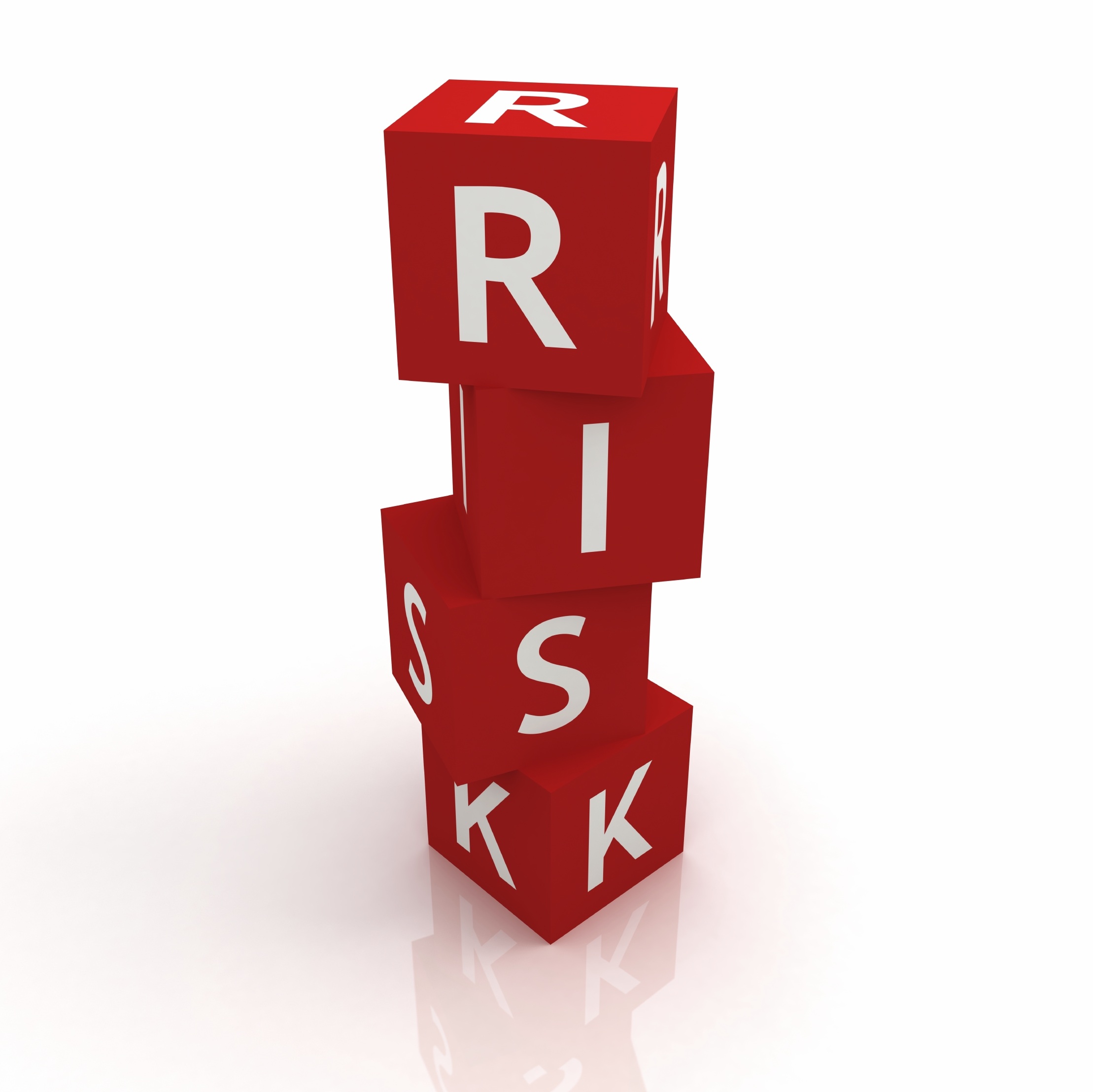Over the past 3 decades, in a series of studies on some of the most extensively studied toxic chemicals and pollutants, scientists have found that the amount of toxic chemical linked with the development of a disease or death—which is central to determining "safe" or "hazardous" levels—is proportionately greater at the lowest dose or levels of exposure. These results, which are contrary to the way the United States Environmental Protection Agency (EPA) and other regulatory agencies assess the risk of chemicals, indicate that we have underestimated the impact of toxic chemicals on death and disease. If widely disseminated chemicals and pollutants—like radon, lead, airborne particles, asbestos, tobacco, and benzene—do not exhibit a threshold and are proportionately more toxic at the lowest levels of exposure, we will need to achieve near-zero exposures to protect public health.
Source:
Lanphear BP (2017) Low-level toxicity of chemicals: No acceptable levels? PLoS Biol 15(12): e2003066. https://doi.org/10.1371/journal.pbio.2003066

- Login om te reageren
